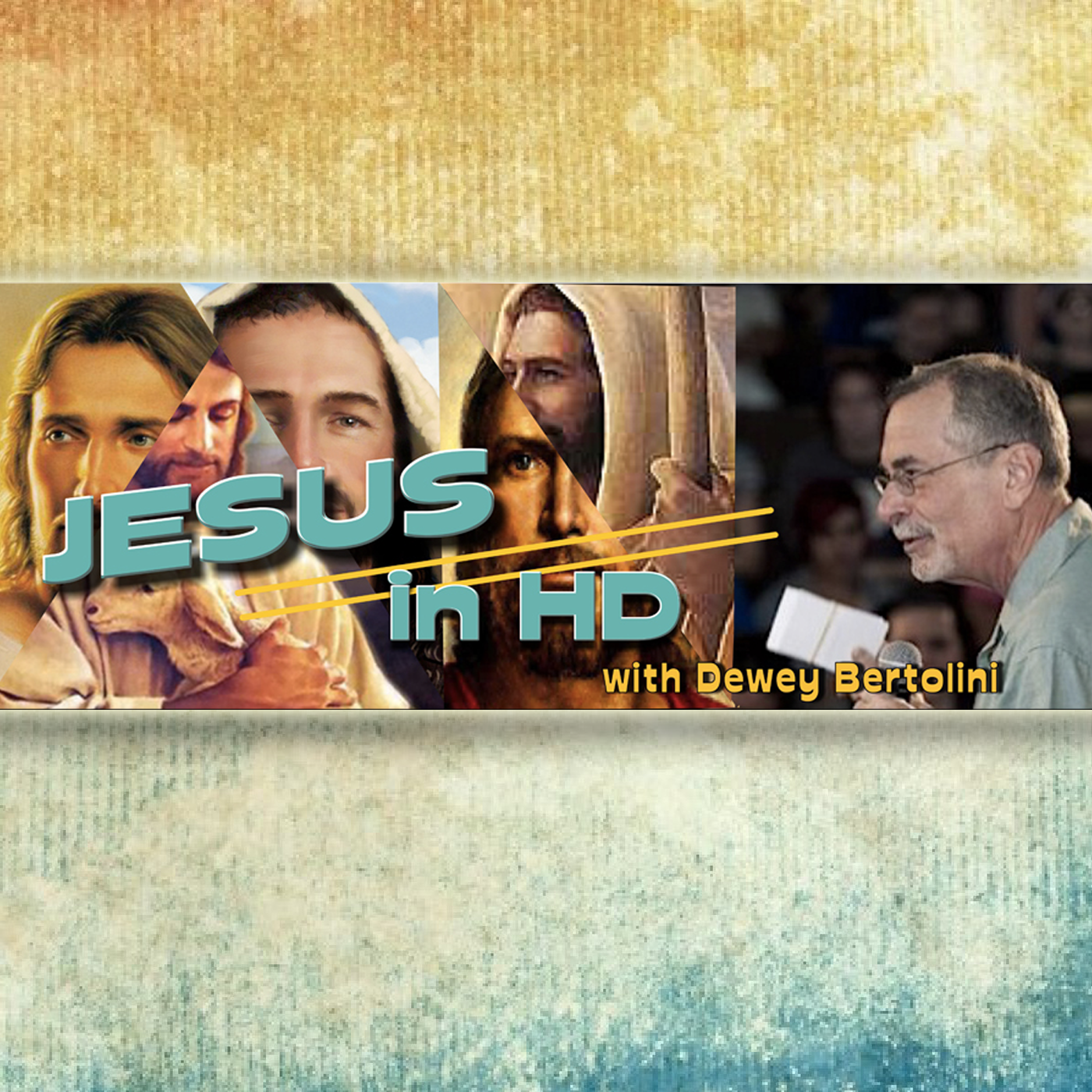My friends, get ready to grow some goosebumps as you listen to this PODCAST.
Consider this your very own personalized tour, with me as your humble tour guide, as together we travel the storied streets of the Via Dolorosa. A short walk riddled with “Ah Ha” moments, too many to count!
We start with reading Mark 15:39:
When the Roman officer who stood facing him saw how he had died, he exclaimed, “This man truly was the Son of God!”
Then we move to one word: Echoes.
When walking through the Holy Land, I listened for the echoes. And I heard them.
Now, I’ve been to Israel over a dozen times, and for the first time, I experienced an unbelievable occurrence.
I was spit upon.
As were many of the students who were touring with us.
And through the spit and disdain that was hurled our way, I heard the echoes.
I heard an echo of a Roman centurion – one of the men principally responsible for nailing Jesus to that old rugged cross. The echo of a man who concluded, in his own words, “This man truly was the Son of God!”
Question: how did this professional executioner come to this conclusion?
Firstly, understand that Romans were traditionally polytheistic. So, how did he go from a violent, authoritative polytheist to cross the line to recognizing Jesus as THE God?
Maybe the best way to answer the question is to offer one snapshot from our recent trip to Israel from just one hour from just one day.
You see, on our final day of our trip, we toured what is known as the “Via de la Rosa”. Now, when any Christ follower walks along this road – the same route Jesus tread from His condemnation to the place of His execution – they almost always are struck with a Spiritual encounter like no other.
However, let me share with you what happened to us.
Beginning at the first Station of the Cross, located just under what is now the windows of a Muslim Boy’s School. When the students there saw us, they lined up at the windows overhead and they began to spit on us. Obviously, we scattered for shelter and felt quite violated. But what’s most remarkable is how things went quickly downhill from there.
The streets there are very narrow and typically are jam packed with people. From the expected street noise from the crowd to the harassing shopkeepers who sometimes literally grab you to pull you into their stores, the cacophony of distractions borders on maddening. To say the least, we did not experience a Spiritual connection in an environment suited for reflection, contemplation and prayer.
But, the truth is that the Via de la Rosa is today as it was then.
And in the midst of all the noise, heckling, traffic, pushing and shoving, here are the echoes of the past that I heard that day:
The Roman centurion who stood at the foot of the cross and came to the realization that Jesus truly was the Son of God. Consider the triumphal procession that was carefully designed each time a citizen would ascend to Caesar and then to the rank of deity. It would begin with 6,000 Roman troupes surrounding the would be Caesar and pledging their lives to him as he is endowed with a robe, crown and scepter and glorified with the chants of “Hail, Caesar! Hail Caesar!” Then the parade begins. All the citizens of Rome would crowd the streets to see and adore their new king. The procession goes from the Praetorium to the highest hill, also known as the “Head Hill”. The new Caesar is followed by a sacrificial bull. Alongside the bull would be a slave, forced to carry a huge axe, which would be used to kill the bull at the base of the hill for the sacrifice. The confusing sights and sounds fill the route all the way to the Capitoline Hill.
The pinnacle of the procession occurs at the Capitoline (Head) Hill, where the bull is placed upon the altar and the newly crowned king is offered a bowl filled with wine mixed with myrrh, which is meant to represent the blood of the bull. But instead of drinking the wine, he would pour it over the bull to represent Caesar’s willing substitutional sacrifice of his own life for the bull and for the people.
Immediately, the axe-wielding slave would kill the bull. Upon which, the Caesar gathered next to him two men on either side of himself – his second and third in command. The three of them would then ascend the steps to the top of the Capitoline Hill, where Caesar not only takes his seat upon the ruling throne of Rome, but also takes his place among the pantheon of the gods.
As the crowd would chant, “Hail, Caesar”, they would also beg and wait in anticipation for their new god to show a sign of his divinity. A (carefully choreographed) flock of white doves would often fly overhead to put an exclamation point on the ceremony and show the people that in fact Caesar had been accepted by the gods.
Triumphal. Procession.
Now, consider Matthew 27:27
27 Then the governor’s soldiers took Jesus into the Praetorium and gathered the whole company of soldiers around him. 28 They stripped him and put a scarlet robe on him, 29 and then twisted together a crown of thorns and set it on his head. They put a staff in his right hand. Then they knelt in front of him and mocked him. “Hail, king of the Jews!” they said. 30 They spit on him,”
As I said, it is today as it was then.
But instead of carrying a backpack and water as we did, Jesus carried a cross.
“…and took the staff and struck him on the head again and again. 31 After they had mocked him, they took off the robe and put his own clothes on him. Then they led him away to crucify him.”
Moving on to the next stage:
33 They came to a place called Golgotha (which means “the place of the skull”). 34 There they offered Jesus wine to drink, mixed with gall; but after tasting it, he refused to drink it. 35 When they had crucified him, they divided up his clothes by casting lots. 36 And sitting down, they kept watch over him there. 37 Above his head they placed the written charge against him: this is jesus, the king of the jews.
But, in contrast to the bull that took part in Caesar’s procession, only Jesus was there to be the only sacrifice for all of us.
Moving to the next stage, Mark 15:23
23 Then they offered him wine mixed with myrrh, but he did not take it.
And then they crucified Him.
The parallel to the Triumphal Procession continues in Matthew 27:
38 Then two robbers were crucified with Him, one on the right and another on the left.
But these weren’t Caesar’s cronies jockeying for political power. No, they were two sinners – not unlike you and me.
And, instead of receiving praise on “Head Hill” as Caesar did, Jesus painfully hung there on “Place of the Skull”, receiving the jeers and taunts that the people around him spat.
Matthew 27:39-43
39 And those who passed by blasphemed Him, wagging their heads 40 and saying, “You who destroy the temple and build it in three days, save Yourself! If You are the Son of God, come down from the cross.”
41 Likewise the chief priests also, mocking with the scribes and elders, said, 42 “He saved others; Himself He cannot save. If He is the King of Israel, let Him now come down from the cross, and we will believe Him. 43 He trusted in God; let Him deliver Him now if He will have Him; for He said, ‘I am the Son of God.’”
So, as we go back to the centurion at the foot of Christ’s cross, we can see the lens through which he saw scenes like these triumphal processions take place and see his correlation between them and what he just witnessed Jesus endure.
And, as we flash forward to the 21st century, I couldn’t help but here the echo of his words, along with the echoes of the noisy distractions along the path of the Via de la Rosa.
And the echo of my Savior offering Himself for me.













